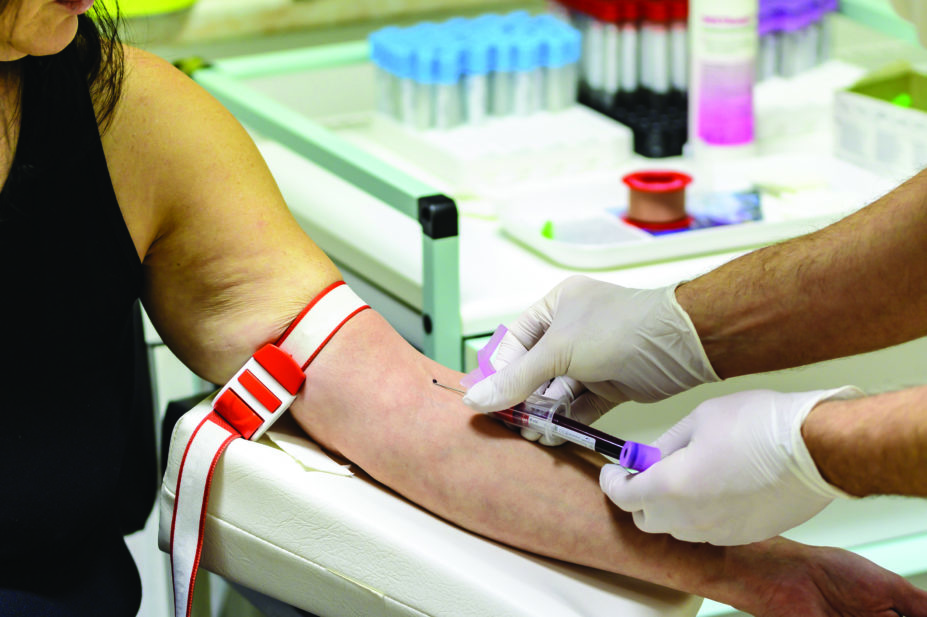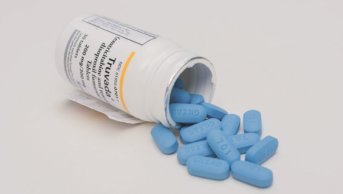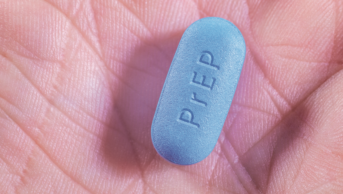
shutterstock.com
General practice-based HIV screening is an important public health intervention which should be used more widely, according to a study led by researchers at Queen Mary University of London and the London School of Hygiene and Tropical Medicine[1]
.
The study, which was published in The Lancet HIV (online, 30 July 2017), examined data from a 28-month-long randomised controlled trial of HIV screening carried out in 40 GP practices in Hackney, London, a borough with high HIV prevalence. From this, they constructed a cost-effectiveness model to represent incidence of infection and the effect of screening for HIV in general practices in the area. They also compared the cost savings of averting HIV infections.
The researchers found that if the trial were to continue over a 40-year time period rather than that of ongoing intervention, the cost-effectiveness ratios were £22,201 per quality-adjusted life-year (QALY) gained, £372,207 per death averted and £628,874 per HIV transmission averted.
Under this scenario, the researchers calculated that, after 33 years, the upper National Institute for Health and Care Excellence (NICE) cost-effectiveness threshold (around £30,000 per QALY gained) would be reached.
Factoring in the higher costs of care for people whose HIV is diagnosed late, they also predicted that HIV screening could become cost-effective in as little as 13 years.
Call for better estimates
The researchers say the findings highlight the importance of the collection of accurate data on actual costs of HIV treatment to the NHS to produce more reliable cost-effectiveness estimates.
“We’ve shown that HIV screening in UK primary care is cost effective and potentially cost saving, which is contrary to widespread belief,” said Werner Leber, a researcher from Queen Mary University of London.
“Financial pressures, particularly within local authorities’ public health budgets, mean that the costs of HIV testing are under intense scrutiny, and in some areas investment in testing has fallen,” he added.
The researchers highlight that the estimated cost-effectiveness of the trial is comparable to that of pre-exposure prophylaxis among men who have sex with men, implementation of which has been the subject of debate and health economic analysis in several high-income countries.
They conclude that with the estimated number of people living with undiagnosed HIV remaining substantial, patients should be diagnosed and treated earlier to effect meaningful reductions in transmission.
“Public health, specialist and CCG commissioners should take note of these important results showing the value for money of screening for HIV in primary care,” said Clare Highton from City and Hackney Clinical Commissioning Group.
“This intervention means that people with HIV are able to live longer and healthier lives and the spread of infection to other people is halted,” she added.
References
[1] Baggaley R, Irvine M, Leber W et al. Cost-effectiveness of screening for HIV in primary care: a health economics modelling analysis. Lancet HIV 2017. doi: 10.1016/S2352-3018(17)30123-6


